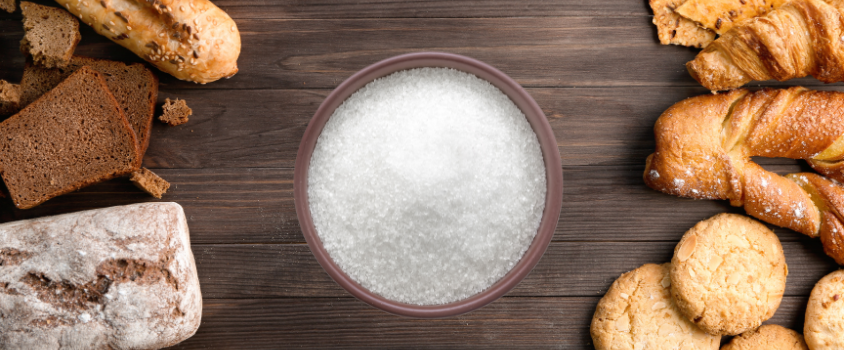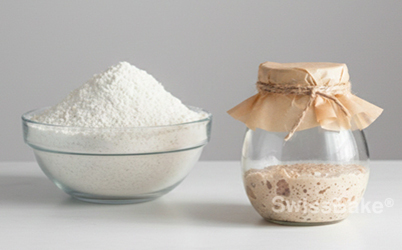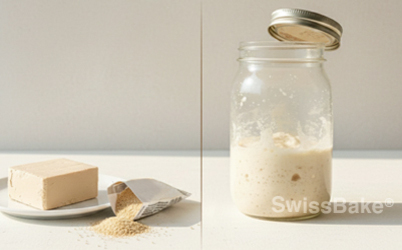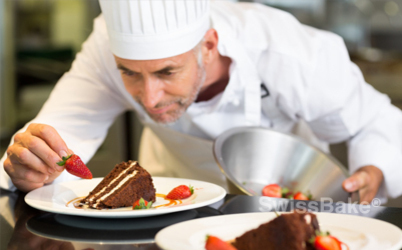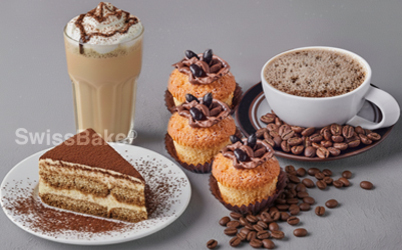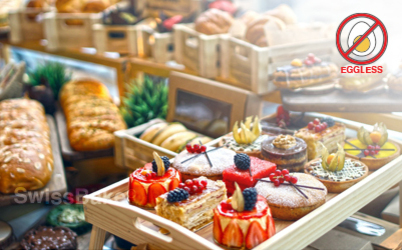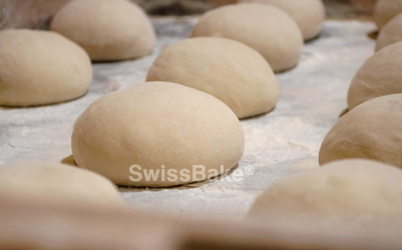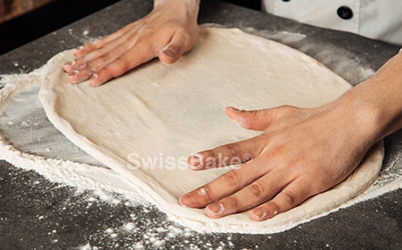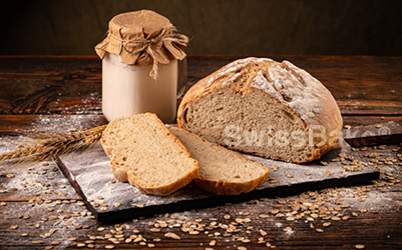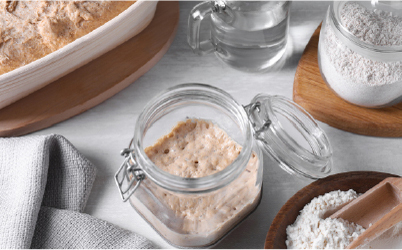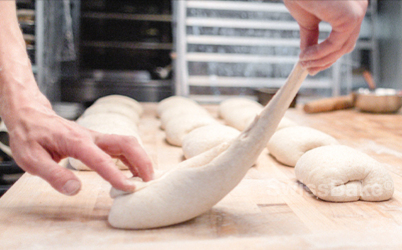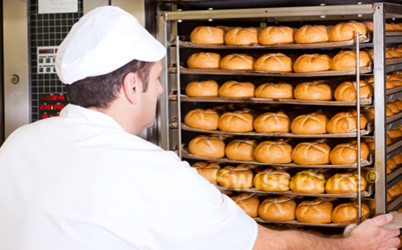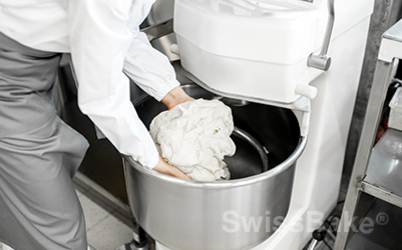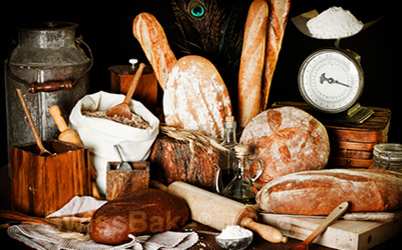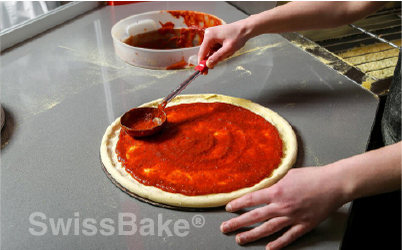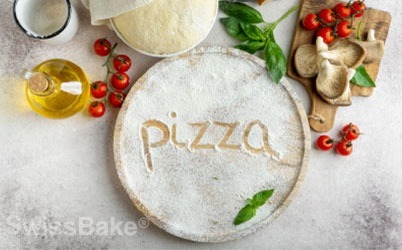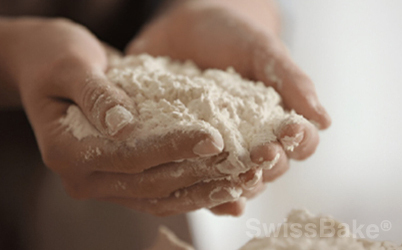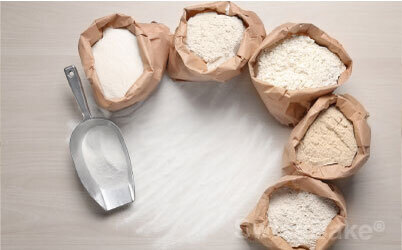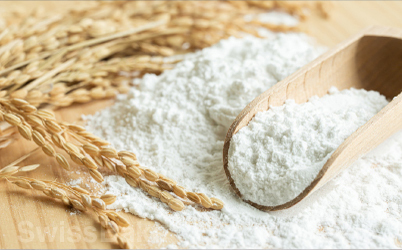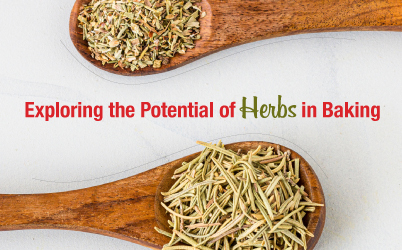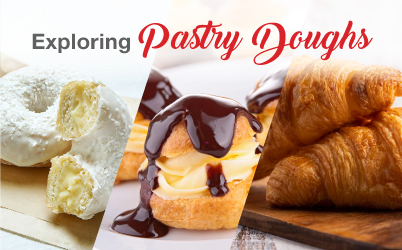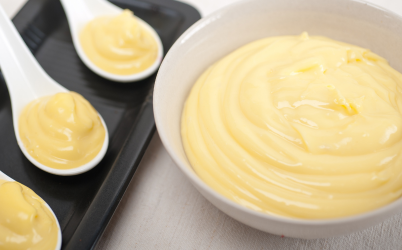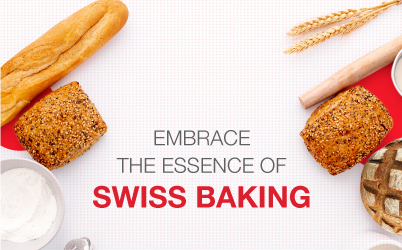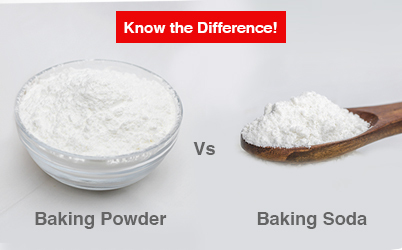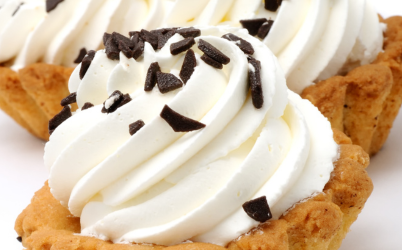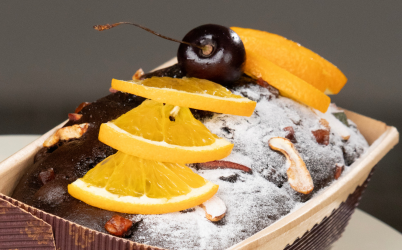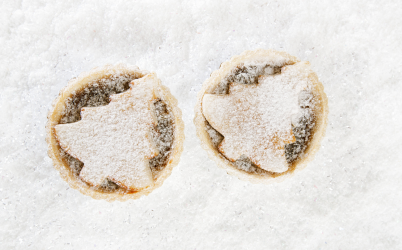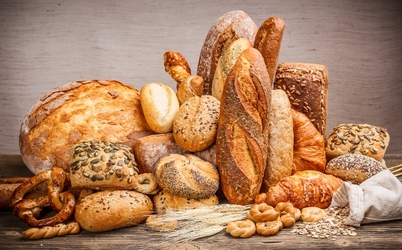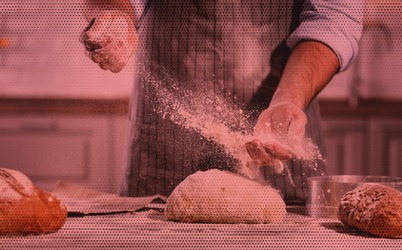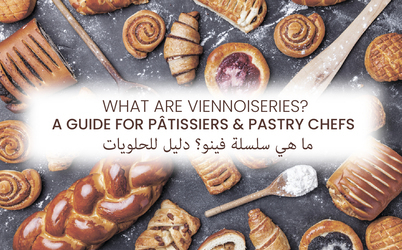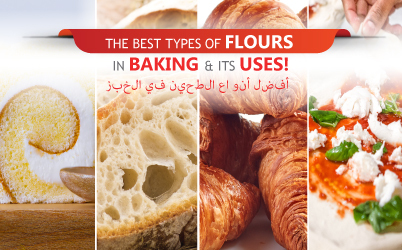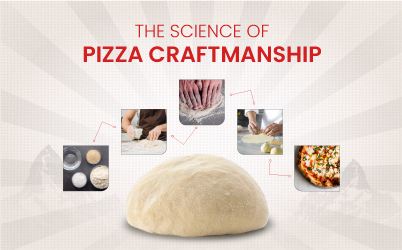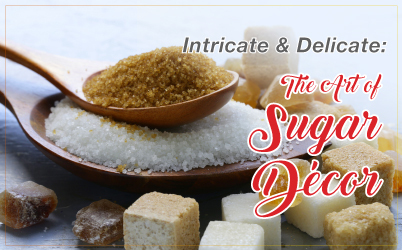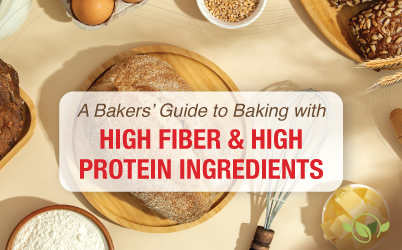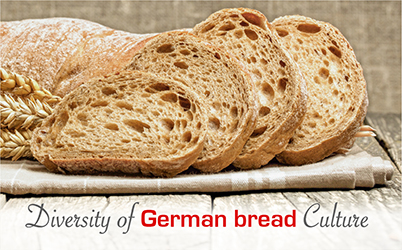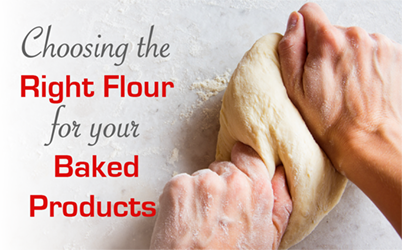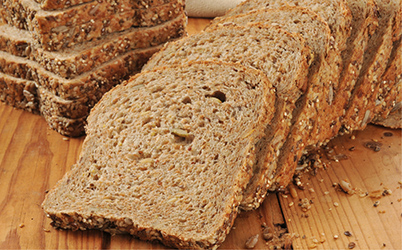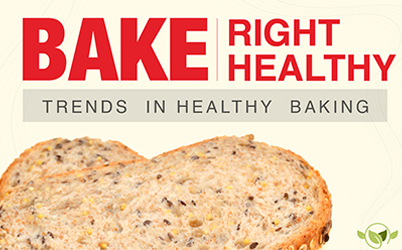The Multifaceted Role of Sugar in Baking: Beyond Sweetness
The Multifaceted Role of Sugar in Baking: Beyond Sweetness
Sugar is often thought of simply as the ingredient that makes baked goods sweet. However, in professional baking, sugar plays a far more complex and essential role. From contributing to the structure and texture to enhancing browning and retaining moisture, sugar is a critical component that impacts the quality and consistency of baked products. Understanding these functions is vital for professional bakers, pastry chefs, and bakery businesses looking to produce premium-quality baked goods.
Sugar and Its Types in Baking
Before exploring sugar's multifaceted role, it's important to recognize the various types of sugars used in baking:- Granulated Sugar: Standard white sugar used in most baking applications.
- Brown Sugar: Contains molasses, adding moisture and a caramel flavour.
- Confectioners' Sugar or Snow Sugar: Finely ground sugar mixed with cornstarch for dusting or frosting.
- Invert Sugar: A liquid sugar used to retain moisture and improve softness.
- Honey, Molasses, and Syrups: Natural sugars contributing unique flavours and textures.
Sugar’s Role in Structure Formation
In baking, sugar interacts with other key ingredients to influence the overall structure of baked products. Sugar competes with flour for water, limiting gluten formation in doughs and batters. This process is especially crucial for tender baked items like cakes and muffins, where too much gluten can make the product tough.
In cookies, sugar delays the coagulation of proteins and starch gelatinization, resulting in a tender, soft texture. In contrast, recipes with reduced sugar content often turn out denser and drier due to the stronger gluten network.
Key Structural Functions:
- Weakens gluten development for softer textures
- Stabilizes air bubbles in batters, aiding in leavening
- Enhances volume in cakes and muffins
Sugar and Moisture Retention
Sugar acts as a humectant, meaning it draws in and retains moisture from the environment. This quality is critical for extending the shelf life of baked goods by keeping them moist and preventing staling.
In cakes, muffins, and soft cookies, sugar binds with water molecules, slowing down the drying process. Products baked with higher sugar content tend to stay fresher longer compared to their low-sugar counterparts.
Benefits of Moisture Retention:
- Prolongs shelf life by preventing staleness
- Maintains softness in cakes and muffins
- Reduces moisture loss in bread and pastries
Sugar's Impact on Browning and Color Development
Sugar plays a pivotal role in the browning of baked goods through two key chemical reactions: the Maillard Reaction and Caramelization.
Maillard Reaction:
This occurs when sugars react with proteins in the presence of heat, resulting in golden-brown crusts on breads, cookies, and pastries. This reaction not only affects color but also enhances flavor complexity.Caramelization:
At higher temperatures, sugar melts and breaks down, creating deep, rich flavors and dark brown coloring. This process is responsible for the caramel notes in desserts like crème brûlée and toffee.Browning Contributions:
- Enhances visual appeal of baked goods
- Contributes to rich, complex flavors
- Forms crispy crusts and tender interiors
Sugar and Leavening Interactions
Sugar aids in leavening by helping incorporate air into batters and doughs. During creaming, sugar crystals cut into butter, creating small air pockets that expand during baking. Additionally, sugar feeds yeast in bread dough, producing carbon dioxide gas that causes the dough to rise.
In chemical leavening, sugar slows the setting of the batter, allowing it to rise higher before the structure firms up. This function is critical for achieving the right volume in cakes and quick breads.
Leavening Functions:
- Traps air for increased volume in cakes and cookies
- Feeds yeast in bread dough, promoting fermentation
- Prevents premature setting, aiding in proper rise
Sugar’s Role in Flavour Enhancement
Sugar’s most obvious role is to provide sweetness, but it also acts as a flavour enhancer. By balancing bitterness and acidity, sugar helps create well-rounded flavours in baked goods.For example, in chocolate desserts, sugar tempers the bitterness of cocoa, while in sour fruit-based desserts, it balances the tartness. Additionally, sugar helps bring out the natural flavours of ingredients like spices, vanilla, and nuts.
Flavor Enhancing Benefits:
- Balances sour and bitter flavours
- Amplifies natural flavours of fruits and spices
- Creates depth and complexity in flavour profiles
Sugar's Influence on Texture
Sugar directly impacts the texture of baked products. In cookies, sugar controls spread; higher sugar content leads to flatter, crisper cookies, while lower sugar yields thicker, softer ones. In cakes, sugar delays gluten formation, resulting in a tender crumb. In meringues and frostings, sugar stabilizes air bubbles, creating light and airy textures.
Texture Contributions:
- Controls cookie spread and crispness
- Produces tender, soft cake crumb
- Stabilizes foams in meringues and frostings
Sugar and Freezing Stability
Sugar also enhances the freezing and thawing stability of baked goods. In frozen desserts like ice cream and sorbets, sugar lowers the freezing point, preventing the formation of large ice crystals and ensuring a smooth texture.
In baked goods, sugar prevents moisture loss during freezing and thawing, maintaining product quality.
Freezing Stability Advantages:
- Prevents ice crystal formation in frozen desserts
- Preserves texture and moisture in frozen baked goods
- Improves shelf life of frozen doughs and batters
Conclusion: Master Baking with SwissBake® Solutions
Understanding the role of sugar in baking allows professional bakers, pâtissiers, and pastry chefs to craft baked goods that excel in flavour, texture, and presentation. From controlling structure and moisture to enhancing flavour and browning, sugar is truly an irreplaceable ingredient.
SwissBake® offers a range of professional baking solutions designed to optimize every aspect of baking. Our specialized flours, baking premixes, and pastry ingredients are crafted to work in harmony with sugar, ensuring perfect results every time.
By using advanced formulations like SwissBake’s baking mixes, professionals can fully harness sugar’s multifunctional properties to deliver exceptional baked goods that meet industry standards. Whether crafting artisan breads, indulgent pastries, or festive confections, understanding sugar's complex role is essential for achieving baking excellence.

